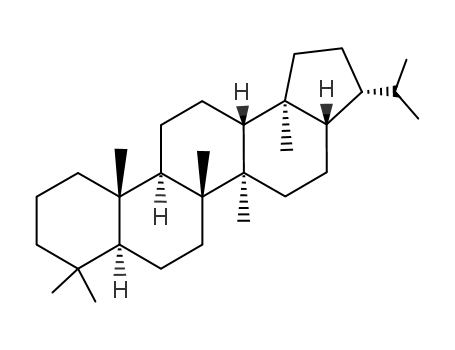10.1016/S0040-4039(01)91553-9
The research investigates the unexpected regiospecificity in the photochemical α-cleavage of hydrindanones derived from triterpenes. The study focuses on the photolysis of trans- and cis-hydrindanones, specifically compounds like 22,29,30-trinorhopan-21-one and 22,29,30-trinor-(17aH)-hopan-21-one in the hopane series, and analogous compounds in the lupane series. The trans-hydrindanones were found to cleave predominantly on the least substituted side of the carbonyl group, yielding unsaturated aldehydes, while the cis-hydrindanones cleaved on the more highly substituted side, resulting in methyl esters. The regiospecificity was shown to be strictly stereochemistry-dependent. The chemicals involved in the research include the starting materials such as hopane and lupane precursors, solvents like degassed anhydrous methanol, and the reaction products like unsaturated aldehydes and methyl esters. The study utilized techniques such as capillary gas chromatography and GC-mass spectrometry for analysis. The findings suggest that pure compounds can be obtained in high yields through this photoinduced cleavage, which could have synthetic applications. Further investigations into the kinetic aspects and quantum efficiencies of these reactions are proposed to elucidate the underlying mechanisms.



 F,
F, Xn,
Xn, N
N


